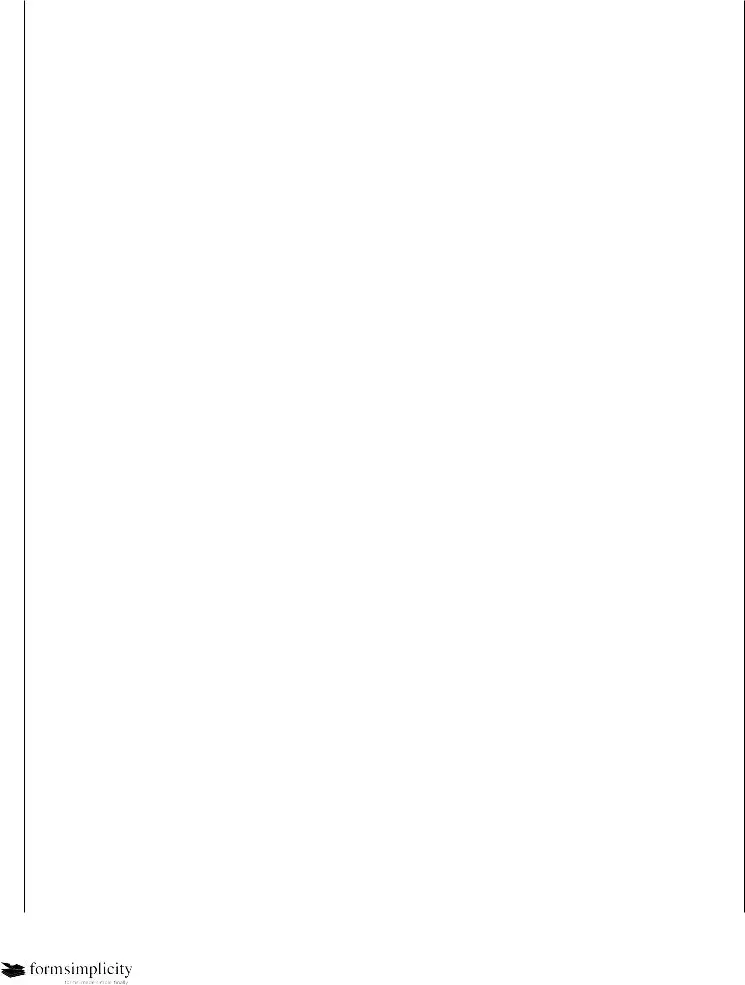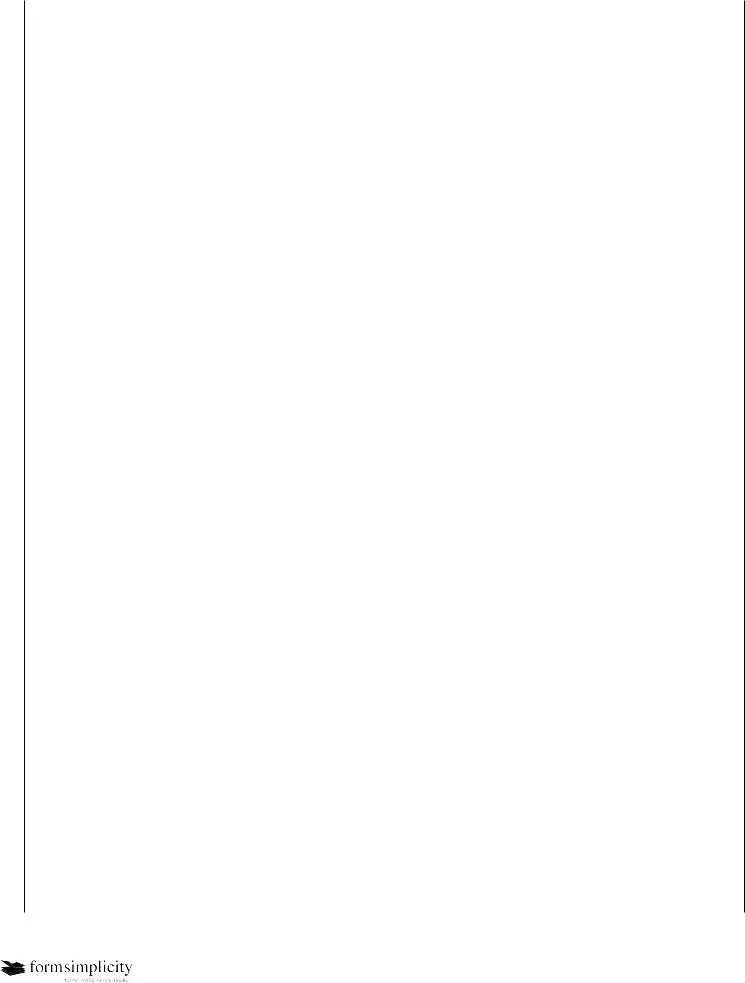General Trash Disposal |
(Other) ______________________________________________________________. The Tenant agrees |
not to waste or unreasonably use any utility or appliance that is provided by the Landlord. Landlord shall not be responsible for any dam- age or loss caused to Tenant or Tenant's property because of an interruption in utility services over which Landlord has no reasonable means of control. Any such interruption shall not be grounds for Tenant to reduce or stop paying rent.
11.NO ASSIGNMENT OR SUBLETTING: The Tenant may not assign this Lease, sublet all or any part of the Property, or permit any other person to use the Property without the prior written permission of the Landlord. The Landlord may withhold such permission in Landlord's sole and absolute discretion.
12.VIOLATION, EVICTION AND RE-ENTRY: The Landlord reserves the right of re-entry. This means that if the Tenant violates the terms of this Lease, the Landlord may terminate this Lease and regain possession of the Property. This is done by a court proceed- ing known as an eviction. A complaint is served upon the Tenant and the Tenant must appear in court. The Landlord may also evict the Tenant for any other cause which is permitted by applicable law. When the eviction proceeding is concluded, the Landlord may regain possession of the Property.
13.DAMAGES: The Tenant is liable for all Landlord's damages caused by Tenant's breach of this Lease. Such damages may include loss of rent, the cost of preparing the Property for re-renting, brokerage commission in finding a new tenant as a result of Tenant's eviction or Tenant moves out prior to the end of the Term as well as reasonable attorney's fees and court costs.
14.QUIET ENJOYMENT: The Tenant may occupy the Property without interference, subject to Tenant's compliance with the Terms of this Lease.
15.TENANT'S REPAIRS AND MAINTENANCE: The Tenant shall:
(a)Pay for all repairs, replacements and damages caused by the act or neglect of the Tenant, the Tenant's family, domestic employees, guests or visitors, which includes but is not limited to sewer and plumbing drainage problems caused by the Tenant.
(b)Keep and maintain the Property in a neat, clean, safe and sanitary condition.
(c)Cut the grass and maintain the shrubbery.
(d)Drive and park vehicles only in designated areas, if any.
(e)Take good care of the Property and all equipment, fixtures, carpeting and appliances located in it.
(f)Keep the furnace clean, and regularly change the furnace filters, if applicable.
(g)Keep nothing in the Property which is flammable, dangerous or which might increase the danger of fire or other casualty.
(h)Promptly notify the Landlord of any condition which requires repairs to be done.
(i)Use the electric, plumbing and other systems and facilities in a safe manner.
(j)Promptly remove all garbage and recyclables from the Property and place it at the curb (or other designated area) in the proper containers in accordance with the prescribed pick-up schedule.
(k)Not engage in any activity which may cause a cancellation or an increase in the cost of the Landlord's insurance coverages.
(l)Use no more electricity than the receptacles, wiring or feeders to the Property can safely carry.
(m)Obey all instructions, written or otherwise, of the Landlord for the care and use of appliances, equipment and other personal prop- erty.
(n)Do nothing to destroy, deface or damage any part of the Property.
(o)Promptly comply with all orders and rules of the Board of Health or any other governmental authority which are directed to the Tenant.
(p)Do nothing which interferes with the use and enjoyment of neighboring properties.
(q)Do nothing to cause any damage to any trees or landscaping on the Property.
(r)Keep the walks and driveway free from dirt, debris, snow, ice and any hazardous objects.
(s)Comply with such rules and regulations that may be published from time to time by the Landlord.
16.LANDLORD REPAIRS: The Landlord shall make any necessary repairs and replacements to the vital facilities serving the Property, such as the heating, plumbing and electrical systems, within a reasonable time after notice by the Tenant. The Tenant may be liable for the cost of such repairs and replacements pursuant to Section 15. The Landlord shall not be liable for interruption of services or inconvenience resulting from delays in making repairs or replacements if due to circumstances beyond Landlord's reasonable control.
17.ACCESS TO THE PROPERTY: The Landlord shall have access to the Property on reasonable notice to the Tenant in order to
(a)inspect the interior and exterior of the Property, (b) make necessary repairs, alterations, or improvements, (c) supply services, and (d) show it to prospective buyers, appraisers, contractors or insurers. The Landlord may enter the Property without prior notice in the event of an emergency or if the Tenant is not home for more than seven consecutive days. If this Lease is not renewed as per Section 27 of this Lease Agreement, Landlord shall then be allowed access to the Property at any time prior to the end of the Term for showing of Property to prospective tenants.
NJAR® Form-125-7/12 Page 3 of 8 |
Tenant's |
Landlord's |
|
|
|
Initials: __________ |
Initials: __________ |

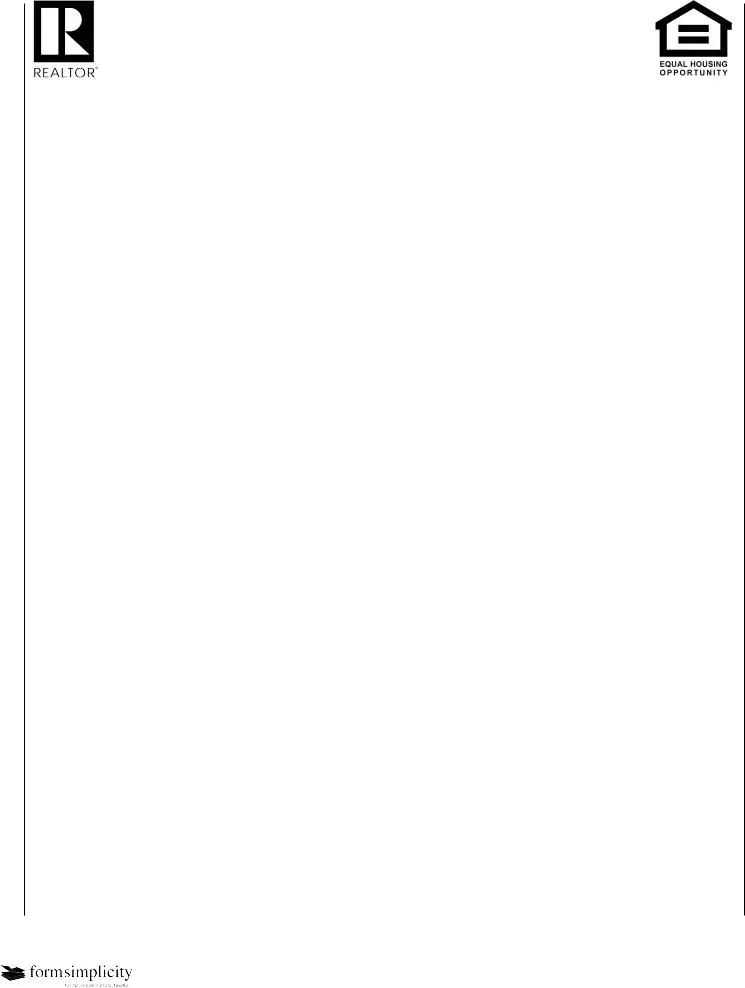

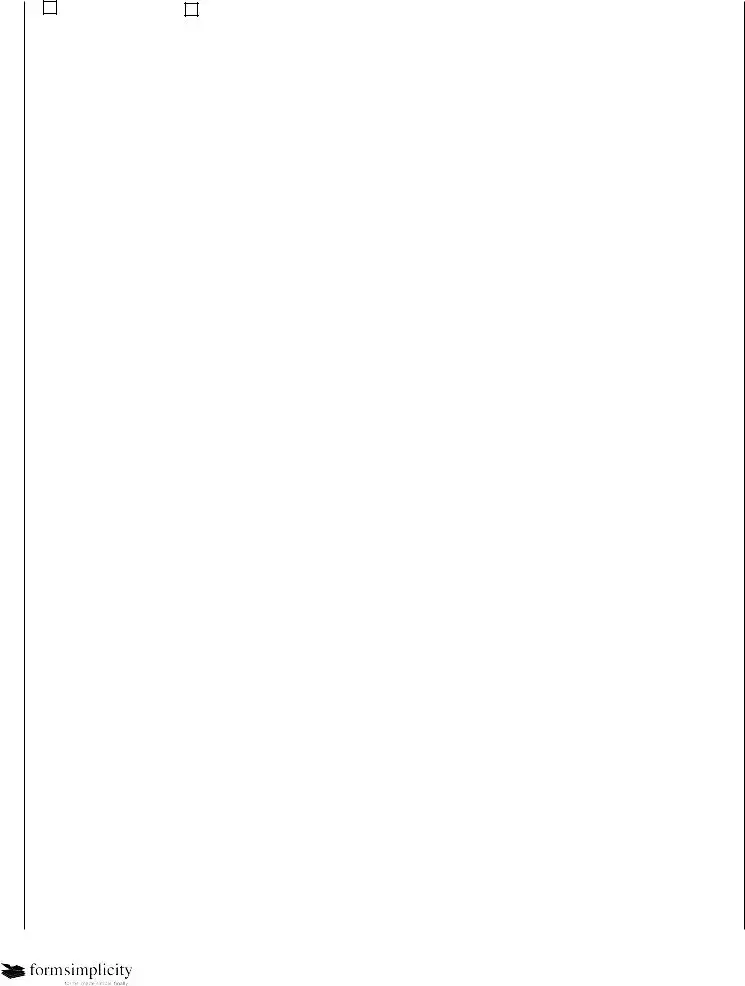


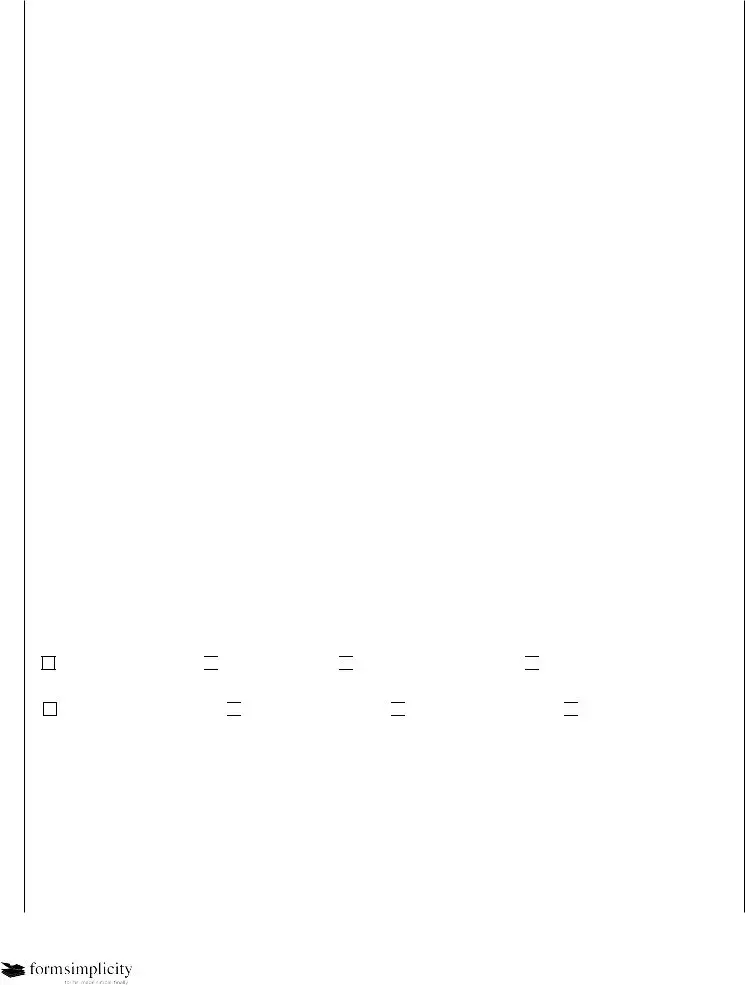

 TENANT'S AGENTS
TENANT'S AGENTS 
 DISCLOSED DUAL AGENTS
DISCLOSED DUAL AGENTS 
 TRANSACTION BROKERS.
TRANSACTION BROKERS.
 TENANT'S AGENT ONLY
TENANT'S AGENT ONLY 
 DISCLOSED DUAL AGENT
DISCLOSED DUAL AGENT 
 TRANSACTION BROKER.
TRANSACTION BROKER.